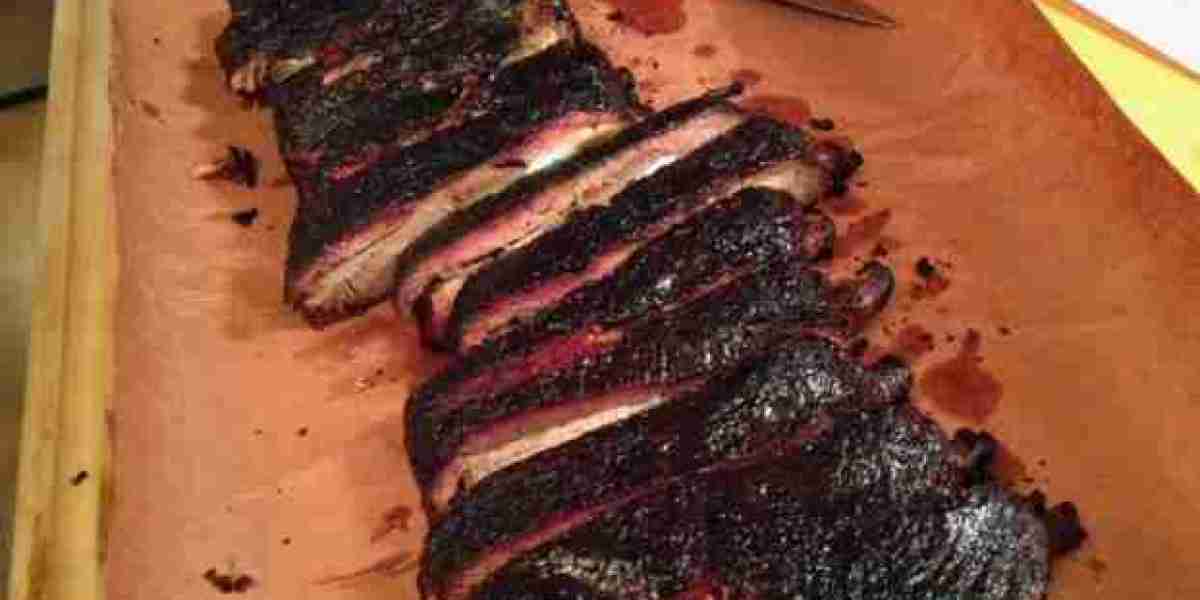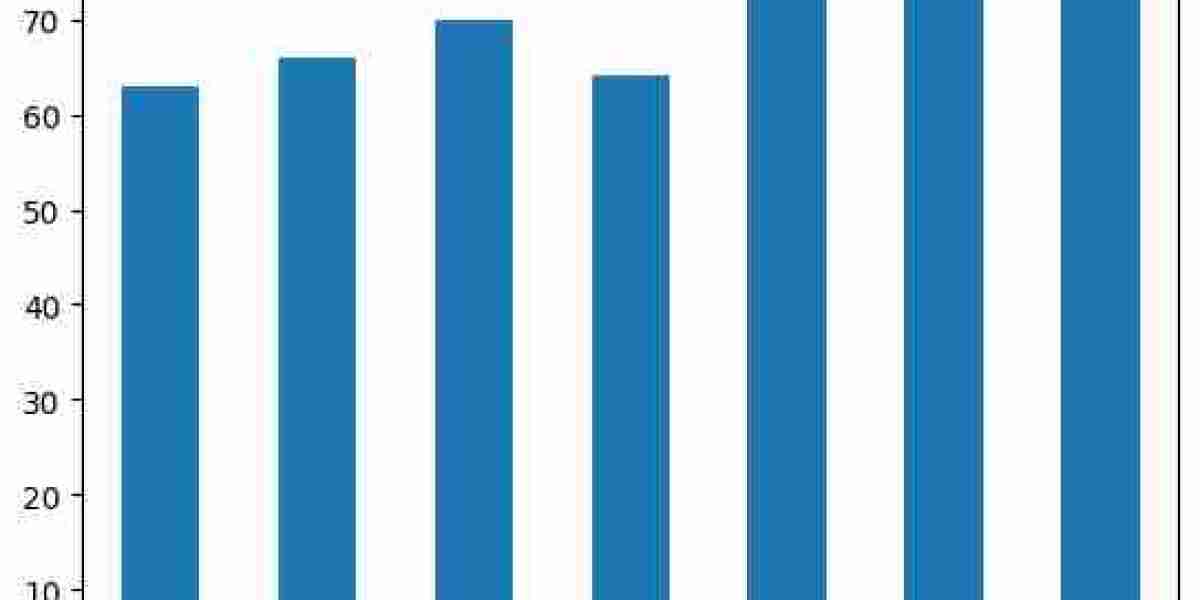In today’s rapidly evolving production landscape, manufacturers are increasingly exploring innovative technologies to optimize efficiency, reduce expenses, and maintain competitive advantages. One such breakthrough in additive manufacturing is HP Multi Jet Fusion (HP MJF). Compared to traditional manufacturing methods such as injection molding, CNC machining, and casting, HP MJF presents a new paradigm in cost-effectiveness—especially for low-to-mid volume production. This article provides a detailed cost analysis comparing HP MJF and conventional methods, helping businesses understand where each option offers the most value.
While traditional manufacturing processes have long been the go-to for mass production due to economies of scale, newer digital manufacturing methods are catching up. HP MJF, in particular, offers unique advantages in terms of material efficiency, part complexity, and speed. This article will explore the key cost factors associated with both HP MJF and traditional manufacturing to aid decision-makers in choosing the most economically sound production method for their specific needs.
Equipment and Setup Costs
One of the most significant financial barriers in traditional manufacturing is the high initial investment in tooling and setup. For instance, injection molding requires expensive steel molds that can cost thousands or even tens of thousands of dollars to fabricate. CNC machining setups also necessitate costly fixtures and tooling before a single part can be made. These upfront costs can be justified for large-scale production but become a financial burden for smaller runs or prototyping purposes.
On the other hand, HP MJF significantly reduces or eliminates tooling costs altogether. Since it's a digital manufacturing process, parts are produced directly from CAD files without the need for custom molds or fixtures. While the HP MJF 3D printer itself is a substantial investment—often starting around $200,000 to $300,000—this cost is offset by the ability to start production almost immediately and without additional tooling. This flexibility can result in significant cost savings, especially for low-volume or customized manufacturing scenarios.
Material and Waste Efficiency
Material costs are another critical component of manufacturing expenses. Traditional methods like CNC machining often start with a solid block of material and remove excess to achieve the final shape. This subtractive process results in substantial material waste, which is especially costly when working with high-value metals or plastics. Injection molding, while more material-efficient, still generates waste through sprues, runners, and rejected parts during the tuning phase.
In contrast, HP MJF employs a powder-based additive process that is far more efficient in material utilization. Unused powder from one build can often be recycled for use in future builds, minimizing waste and reducing material costs. Additionally, HP MJF allows for precise material placement, meaning that every bit of material contributes directly to the part being produced. Over time, this enhanced material efficiency can lead to significant cost reductions, particularly for complex or geometrically intricate parts that would otherwise require extensive machining or molding modifications.
Production Speed and Labor Costs
Traditional manufacturing methods can be labor-intensive and time-consuming, especially during the initial setup and testing phases. Injection molding, for example, requires mold design, testing, and iteration before full production can commence. Similarly, CNC machining may require multiple tool changes and manual oversight. This leads to high labor costs and longer lead times, especially for custom or one-off parts.
HP MJF shines in this area by offering rapid turnaround and reduced labor dependency. Once the design is finalized, the part can be printed and post-processed within hours or days, not weeks. The process is largely automated, allowing operators to manage multiple builds simultaneously. Labor costs are minimized as fewer hands are required to oversee the production process, and adjustments can be made digitally without retooling. This makes HP MJF especially attractive for agile manufacturing environments where speed and flexibility are paramount.
Customization and Design Complexity
Producing customized or complex parts using traditional manufacturing methods can be expensive and technically challenging. Each design variation may require a new mold or additional machining, increasing both the cost and time required to bring products to market. Moreover, certain geometries are simply not feasible or cost-effective with subtractive or mold-based methods, leading to design compromises.
HP MJF offers a significant advantage when it comes to customization and complexity. The additive nature of the process allows for the creation of intricate geometries, internal channels, and lightweight lattice structures without any additional cost. Customization can be as simple as changing a digital file, enabling manufacturers to offer personalized products or make quick design iterations at minimal expense. This ability to produce complex, functional parts without added costs makes HP MJF an ideal choice for industries such as aerospace, healthcare, and automotive, where customization and performance are key.
Long-Term Operational and Scalability Costs
While traditional manufacturing offers benefits in large-scale production, the long-term operational costs can become a limiting factor. Maintenance of heavy machinery, replacement of worn-out molds, and energy-intensive processes all contribute to ongoing expenses. Additionally, the scalability of traditional methods is heavily dependent on the availability of skilled labor and extensive infrastructure.
HP MJF provides scalability with greater ease and fewer operational complexities. Once the initial investment in the 3D printing system is made, scaling up production requires little more than increasing the print batch size or adding another unit. The digital nature of the process means that designs can be instantly replicated or modified across different locations, making it an excellent solution for distributed manufacturing. Furthermore, the lower energy consumption and minimal maintenance requirements contribute to lower total cost of ownership, making HP MJF a more sustainable and scalable choice over time.
Conclusion
The choice between HP MJF and traditional manufacturing hinges on several factors including volume, part complexity, customization needs, and time constraints. For high-volume, simple parts, traditional methods like injection molding may still be the most cost-effective. However, for low-to-mid volume production, prototyping, or applications requiring high customization, HP MJF often offers superior cost advantages and faster turnaround.



